
Can You Take Glass on a Plane? (TSA Rules & Packing Tips)
Are you thinking about bringing glass objects through TSA security and on a plane? The good news is that this is most likely possible but you definitely want to be

Are you thinking about bringing glass objects through TSA security and on a plane? The good news is that this is most likely possible but you definitely want to be
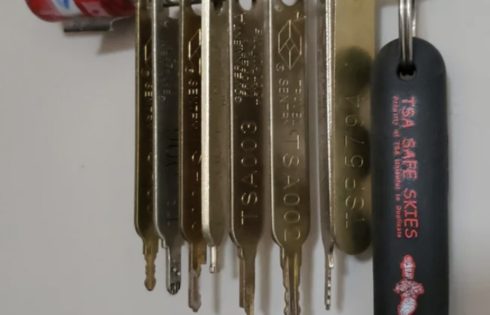
TSA-approved locks are marketed as a secure way to protect your luggage while still allowing airport security to inspect your bags. But what if that little red diamond was actually

Traveling while staying healthy and on track with your diet can be extremely difficult. And it’s even harder when you’re trying to stay on top of your supplement intake. A
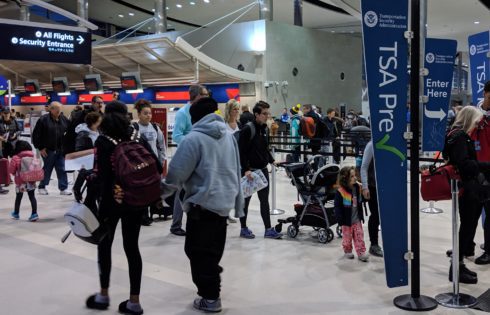
It’s always a good idea to keep deodorant on standby when traveling. This is especially the case when you are traveling through potentially warm environments like airport terminals, airplanes, and

Transporting plants via plane is not quite as straightforward as you might have thought. On the one hand, you are given more leeway by TSA than you might imagine. But

If you’re like me, a chocolate lover and frequent traveler, you’ve probably brought your fair share of chocolate back home during your travels. Or, you might be a first timer
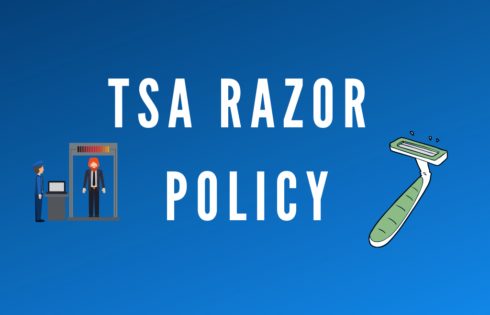
There are a lot of common items that people ask about when it comes to TSA rules. I’ve seen a lot of questions related to things like food, alcohol, deodorant,

Traveling through airport security can already be a pretty nerve-racking experience. But when you are also worried about getting your necessary medical items through security and onto a plane for
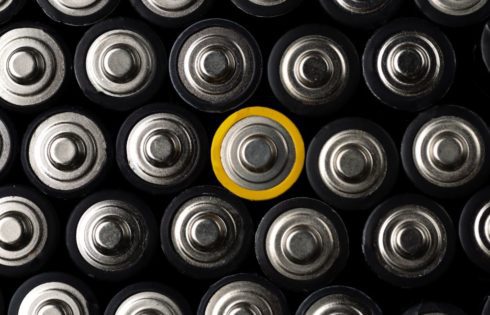
For some people, bringing batteries on a plane always feels like a guessing game. Are they allowed in your carry-on or checked bag? What types are okay and what types
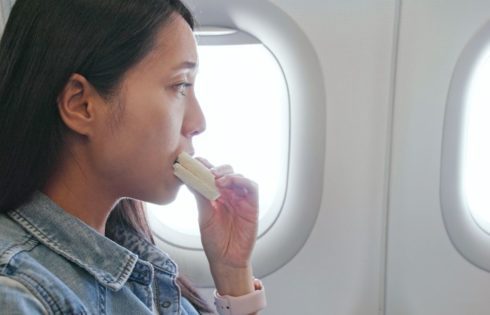
When it comes to airport security, it’s not always clear what you can and can’t bring on a plane. This is especially the case for food. There’s nothing worse than
| Cookie | Duration | Description |
|---|---|---|
| cookielawinfo-checkbox-analytics | 11 months | This cookie is set by GDPR Cookie Consent plugin. The cookie is used to store the user consent for the cookies in the category "Analytics". |
| cookielawinfo-checkbox-functional | 11 months | The cookie is set by GDPR cookie consent to record the user consent for the cookies in the category "Functional". |
| cookielawinfo-checkbox-necessary | 11 months | This cookie is set by GDPR Cookie Consent plugin. The cookies is used to store the user consent for the cookies in the category "Necessary". |
| cookielawinfo-checkbox-others | 11 months | This cookie is set by GDPR Cookie Consent plugin. The cookie is used to store the user consent for the cookies in the category "Other. |
| cookielawinfo-checkbox-performance | 11 months | This cookie is set by GDPR Cookie Consent plugin. The cookie is used to store the user consent for the cookies in the category "Performance". |
| viewed_cookie_policy | 11 months | The cookie is set by the GDPR Cookie Consent plugin and is used to store whether or not user has consented to the use of cookies. It does not store any personal data. |
